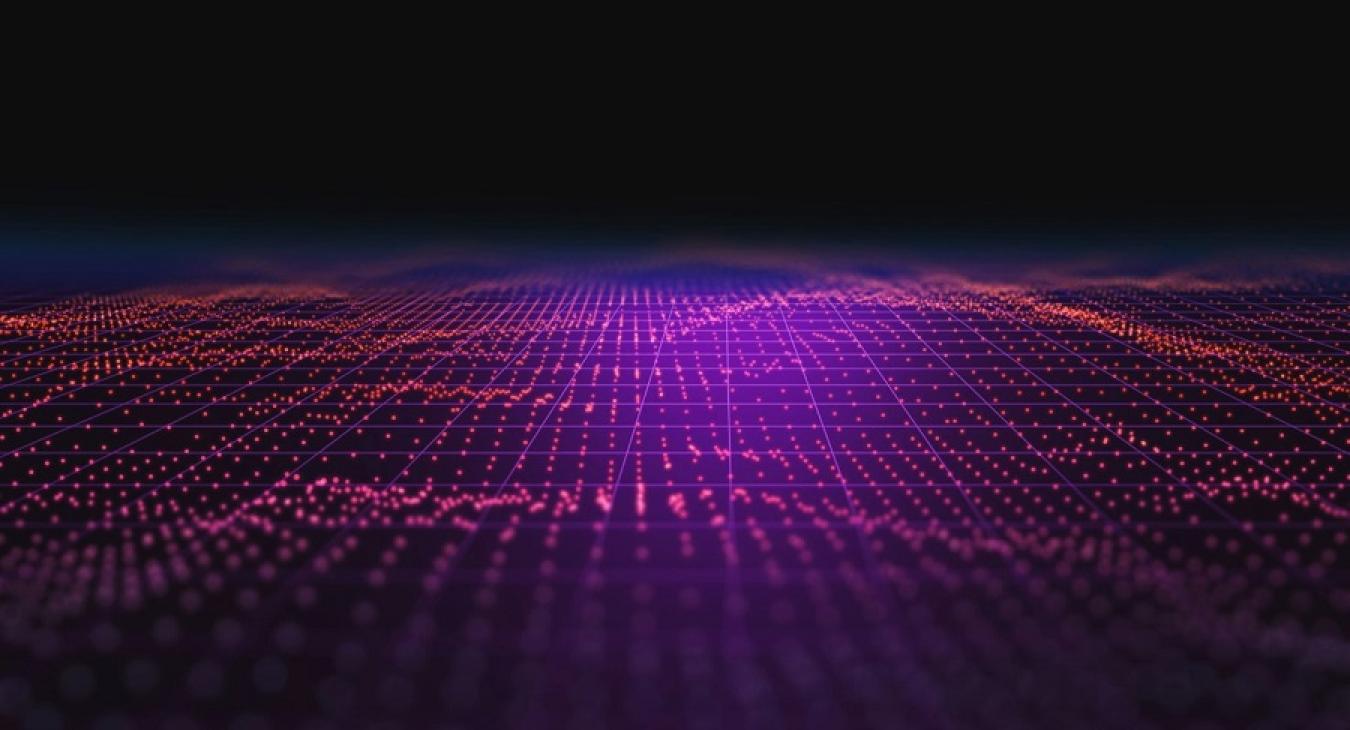AI-based energy-driven and non-energy services
The Internet of Things (IoT) is becoming more common in residential settings, with residents converting their homes into smart spaces by installing Internet-connected sensors, and the number of systems designed to support smart home environments has increased significantly due to their growing interest [1]. Smart home systems (SHSs) offer a variety of intelligent services to consumers, such as energy savings, physical security and safety, and assistance to the elderly. Human activity recognition is also essential for achieving home automation, which allows smart services to run automatically in accordance with the human mind.
In this context, the I-NERGY Project is working to solve one of the main issues: finding the right balance between end-user comfort and DSO/energy flexibility requirements. In this regard, Anomalous Behavior Detection is introduced as a feature or mechanism to provide comfort services, predict abnormal consumption, and increase user safety. The goal of this technique is to use artificial intelligence to provide energy and non-energy services.
An analysis of user power curves is performed in the I-NERGY Project with the goal of providing comfort and safety services. Different users of the electricity grid will be analyzed individually and separately, and services for detecting abnormal behavior and recognizing user activities will be implemented. Human-device interaction could serve as a channel for detecting human activity. In our case, these activities will focus on customers' comfort needs, habits, and health needs, as well as other aspects such as safety and savings protection from unplanned and abnormal consumption.
Furthermore, the behavior of water pumps will be examined using electrical sensors linked to the water network infrastructure to determine how much flexibility can be provided in the Terni Pilot in central Italy. Transfer Learning is testing this tool to forecast electricity consumption.
In conclusion, the service is applied to approximately 50 households, and sensors aggregate each user's consumption. As a result, easily recognized electrical appliances (refrigerator, dishwasher, etc.) will be identified. At this point of the project, the service can detect abnormal end-user behavior, and in the coming months, we will be able to recognize activity and device implementation using machine learning tools. These technologies are essential to network security because they enable distribution system operators to detect any unusual behavior from end-users, thanks to careful experimentation of the most appropriate technologies and close collaboration with citizens in the I-NERGY project.
[1] Guth, J., Breitenbücher, U., Falkenthal, M., Fremantle, P., Kopp, O., Leymann, F., Reinfurt, L.: A detailed analysis of IoT platform architectures: concepts, similarities, and differences. In: Internet of everything (Springer, 2018), pp. 81–101.

